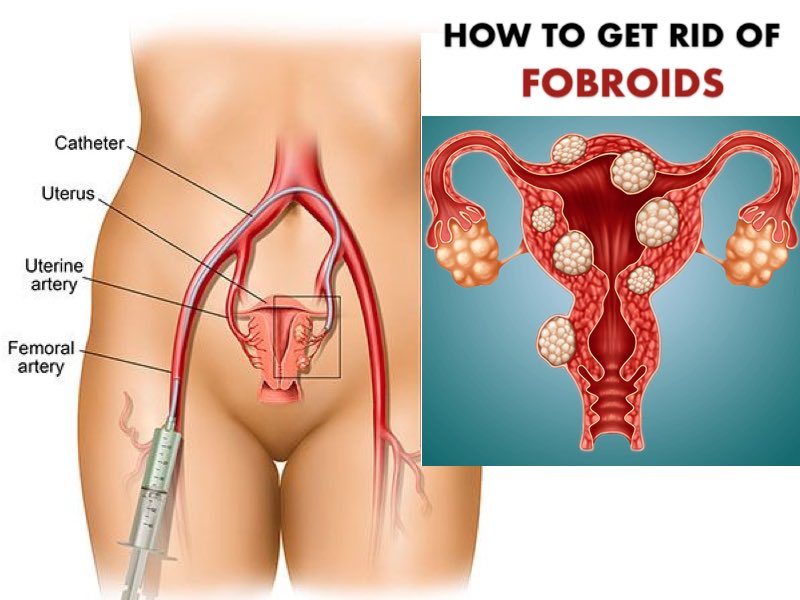What are fibroids?
Fibroids are the most regularly viewed tumors of the female reproductive system. Fibroids, additionally known as uterine myomas, leiomyomas, or fibromas, are firm, compact tumors that are made of easy muscle cells and fibrous connective tissue that boost in the uterus. It is estimated that between 20 to 50 percent of the female of reproductive age have fibroids, although not all are diagnosed. Some estimates state that up to 30 to 77 percent of women will strengthen fibroids someday during their childbearing years, though solely about one-third of these fibroids are massive sufficient to be detected through a fitness care provider during a bodily examination.
In greater than ninety-nine percent of fibroid cases, the tumors are benign (non-cancerous). These tumors are not related to cancer and do not increase a woman’s risk for uterine cancer. They may also vary in size, from the measurement of a pea to the dimension of a softball or small grapefruit.
What causes fibroid tumors?
While it is not definitely acknowledged what causes fibroids, it is believed that each tumor develops from an aberrant muscle cell in the uterus, which multiplies hastily because of the have an impact on of estrogen.
Who is at danger for fibroid tumors?
Women who are coming near menopause are at the biggest risk for fibroids because of their long exposure to high ranges of estrogen. Women who are obese and of African-American heritage also seem to be at an increased risk, even though the motives for this are now not clearly understood.
Research has also shown that some elements might also guard a woman against creating fibroids. Some studies, of small numbers of women, have indicated that female who have had two liveborn children have one-half the danger of growing uterine fibroids compared to ladies who have had no children. Scientists are no longer sure whether or not having children really protected female from fibroids or whether fibroids have been a factor in infertility in a female who had no children. The National Institute of Child Health and Human Development is conducting further lookup on this subject and other factors that may additionally have an effect on the diagnosis and cure of fibroids.
What are the signs and symptoms of fibroids?
Some girls who have fibroids have no symptoms, or have only slight symptoms, while the different female has greater severe disruptive symptoms. The following are the most common signs and symptoms for uterine fibroids, however, each individual may experience signs and symptoms differently. Symptoms of uterine fibroids may additionally include Heavy or extended menstrual periods, abnormal bleeding between menstrual periods, pelvic pain, frequent urination, lower back pain, pain during intercourse.
A firm mass, often located close to the middle of the pelvis, which can be felt via the physician, In some cases, the heavy or extended menstrual periods, or the strange bleeding between periods, can lead to iron-deficiency anemia, which additionally requires treatment.
How are fibroids diagnosed?
Fibroids are most often found during a routine pelvic examination. This, along with an abdominal examination, may indicate a firm, irregular pelvic mass to the physician.
Treatment for fibroids
Since most fibroids end up in developing or can also even reduce as a female approaches menopause, the fitness care company may actually recommend “watchful waiting” With this approach, the health care provider monitors the woman’s signs and symptoms cautiously to make sure that there are no tremendous changes or developments and that the fibroids are not growing.
In women whose fibroids are massive or are causing considerable symptoms, treatment can also be necessary. Treatment will be determined by your health care provider primarily based on: –
- The extent of the disease.
- Pelvic pain that does not depart.
- Your wish for pregnancy.
- Heavy, extended or painful intervals
- Your general fitness and scientific history.
- Bleeding between intervals.
- Pelvic pain that does not depart.
- Difficulty emptying your bladder.

